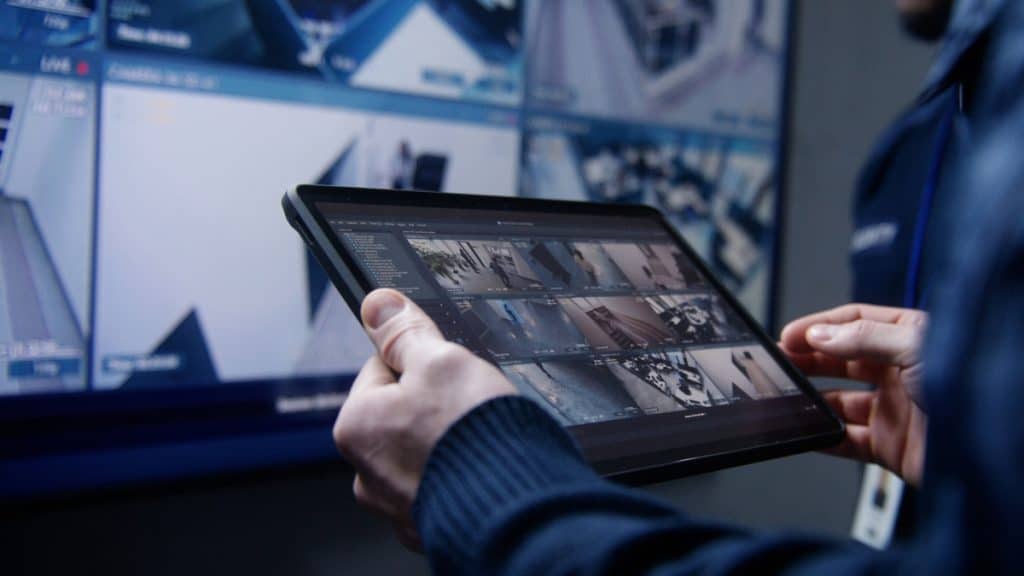Introduction to Video Analytics
Video analytics has rapidly become a defining force in contemporary public safety strategies. This technology empowers safety officials with heightened situational awareness by converting vast amounts of raw video footage into meaningful insights. From ensuring safer streets to enhancing emergency responses, video analytics bridges the gap between reactive and proactive safety measures.
How Video Analytics Enhances Public Safety
Including video analytics in public surveillance systems marks a transformative leap in crime prevention and safety enforcement. Automated features such as license plate recognition and unattended baggage alerts are crucial in mitigating potential threats. By analyzing movement and behavior patterns, these systems can predict and prevent crimes before they escalate. For instance, cities utilizing such advanced systems have witnessed a significant decline in property crimes, underscoring the pivotal role of video analytics in safeguarding neighborhoods. To thoroughly understand its application and benefits, you can learn more about its integration within sophisticated surveillance systems.
Technological Advancements in Video Surveillance
Technological progression is at the heart of video surveillance’s evolution. Integrating artificial intelligence and machine learning enables these systems to “learn” from monitored environments, improving detection accuracy over time. Cloud computing allows data gathered from multiple surveillance points to be analyzed and cross-referenced in real-time, enhancing decision-making capabilities. As technology advances, video surveillance innovations are increasingly featured among global technology trends, reflecting their undeniable impact on safety and security.
Case Studies: Real-World Examples
Across the globe, several cities have embraced video analytics as an integral component of their public safety frameworks, yielding notable successes. For instance, police departments have deployed these technologies to monitor high-risk areas, resulting in quicker response times and more efficient resource allocation. Furthermore, integrating historical data from previous incidents allows for tailored preventive strategies, providing a proactive approach to crime reduction. These real-world implementations showcase the tangible benefits of video analytics in enhancing urban safety.
Future Trends in Video Analytics
Looking to the horizon, video analytics is expected to play an increasingly sophisticated role in public safety. The advent of 5G networks promises enhanced data transmission speeds, allowing for real-time analytics across extensive networks. Moreover, the integration of predictive analytics is set to revolutionize how potential threats are identified and addressed, enabling preemptive safety measures that were previously unattainable. These advancements herald a new era in which intelligent surveillance systems will be critical allies in maintaining public order.
Challenges and Solutions in Implementation
Despite their promising potential, deploying video analytics solutions is challenging. High initial costs and complex integration with existing infrastructure can be daunting for many municipal governments. However, these obstacles can be mitigated by adopting scalable solutions and establishing clear implementation protocols. Studies in illustrious news portals often highlight innovative strategies and community collaborations that have successfully addressed these hurdles.
Ethical Considerations and Privacy Concerns
The deployment of video analytics does raise valid ethical and privacy concerns. Balancing the need for increased security to protect individual liberties requires diligent regulation and oversight. As surveillance systems grow more sophisticated, data protection laws must evolve accordingly to prevent misuse. Public awareness and consent should form the cornerstone of any surveillance initiative, ensuring that the implementation of these technologies serves the collective interest without infringing on personal freedoms.
Conclusion: Reflection on Public Safety Initiatives
In summary, video analytics is a transformative tool within the realm of public safety initiatives. Its ability to process and analyze data in real-time marks a paradigm shift from traditional surveillance methods to a more intelligent, anticipatory approach. While challenges persist, the ongoing advancement of technology, guided by ethical considerations, will ultimately determine the successful integration of video analytics into public safety protocols. Looking forward, it continues to forge pathways toward safer and more secure communities globally.
